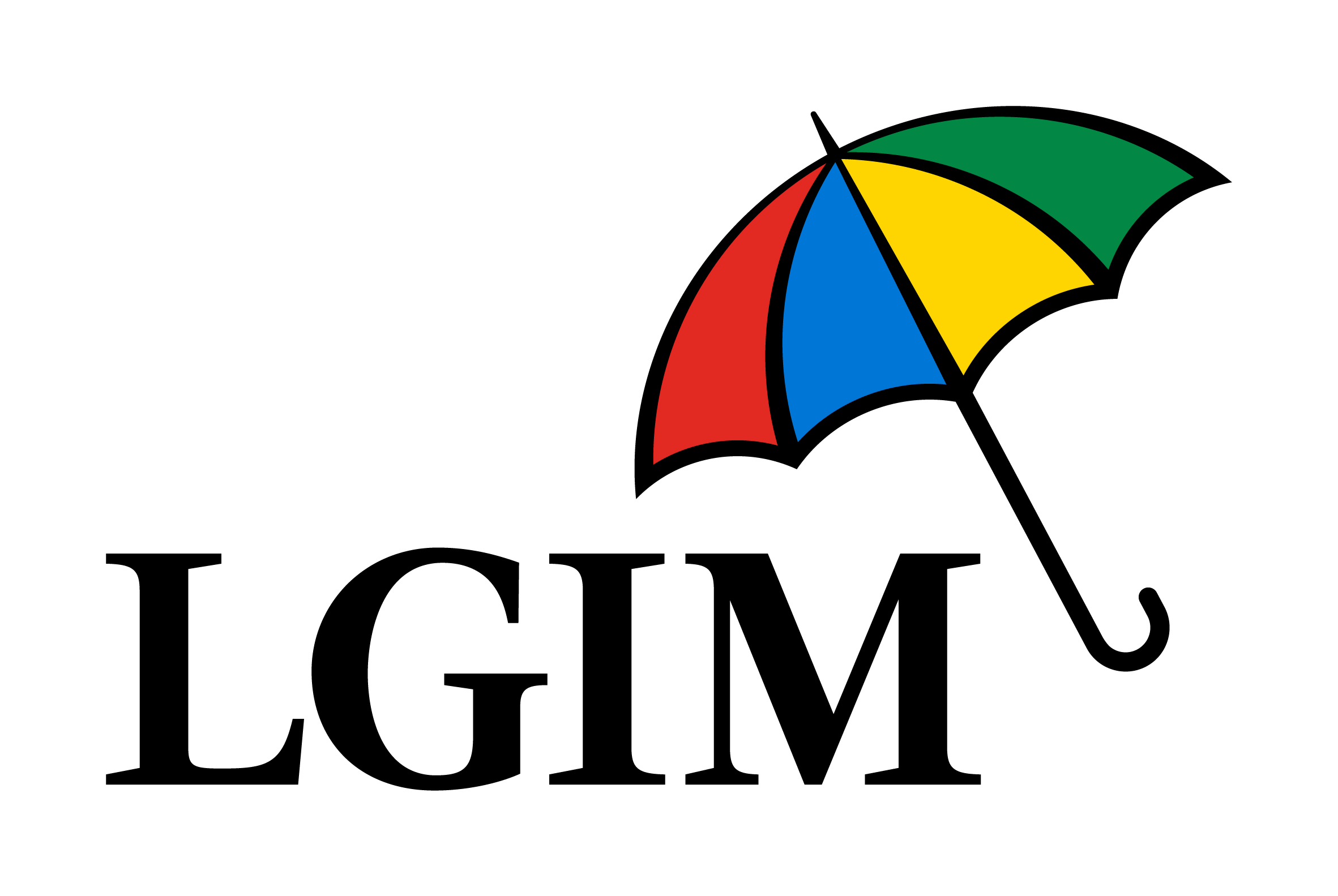An inflection point has arrived for Indian government bonds on the cusp of being included within major fixed income indices – investors must now decide which of five ETFs in Europe provides the best exposure to asset class ahead of the structural tailwind.
A quintet of ETFs have launched since the Reserve Bank of India (RBI) introduced the Fully Accessible Route (FAR) scheme in March 2020, enabling overseas investors to access Indian sovereign bonds without restrictions for the first time.
Before this initiative, products such as the LAM Sun Zyfin Global India Sovereign Bond UCITS ETF launched in 2016 to offer indirect exposure to local currency government bonds, only to shut a year later due to low demand.
ETFs now play a key role for foreign investors looking to access rupee-denominated sovereigns without having to set up a custody account, with the Indian government joining the likes of China and Indonesia in ruling all bond trades would be settled within the country in 2021, to avoid potential capital gains impacts for domestic investors.
However, fund selectors’ interest in accessing Indian sovereigns was only piqued in September last year, when JP Morgan approved 23 rupee-denominated government bond issuances – with a combined market cap of $330bn – for inclusion within the JP Morgan GBI-EM Global Diversified index from June this year.
The bonds will be added at 1% increments on its weighting over 10 months, with an overall cap of 10%. Morgan Stanley previously said inclusion in the index could drive $30bn inflows into the market and more than $170bn over the next decade.
Looking ahead, other index providers are also considering similar moves, with question marks surrounding the future inclusion of Indian sovereigns within the Bloomberg Global Aggregate and FTSE Russell’s WGBI.
Stat attack (as at 26 June) | TIGR | UTI | XIGB | TIND | INGB |
Launch | October 2021 | November 2021 | September 2022 | December 2023 | March 2024 |
AUM | $743m | $13m | $64m | <$1m | $41m |
TER | 0.39% | 0.50% | 0.33% | 0.39% | 0.35% |
Effective duration | 6.44yr | 6.88yr | 6.44yr | 2.24yr | 6.37yr |
Weighted avg YTM | 6.95% | 7.18% | 6.95% | 7.03% | 7% |
Constituents | 33 | 7 | 33 | 9 | 23 |
LGIM’s TIGR
Anticipating this uplift, Legal & General Investment Management debuted the L&G India INR Government Bond UCITS ETF (TIGR) launching in October 2021.
TIGR physically replicates the JP Morgan India Government Fully Accessible Route (FAR) Bonds index of 33 rupee-denominated sovereign issuances that are FAR-eligible, with at least $1bn in market cap, at least 2.5 years to maturity to be added to the index and at least six months to maturity remaining for existing index constituents.
The result is a barbelled duration exposure – with a 27.8% weighting between 0-5 years, 37.6% between 5-10 years, 12.7% between 10-15 years and 21.9% between 25-30 years – resulting in a weighted average yield to maturity of 6.95% and an effective duration of 6.44 years, as at 31 May.
TIGR has benefited from being first-to-market of the new cohort of ETFs, amassing impressive assets under management (AUM) of $743m, as at 25 June.
UTI’s UIGB
A narrow second entrant came in the form of the UTI India Sovereign Bond UCITS ETF (UIGB), which debuted in November 2021.
UIGB offers the narrowest exposure across the product roster, physically replicating the Nifty India Select 7 Government Bond index, comprised of the seven most liquid Indian government securities with at least 2.5 years to maturity, ranked in order of their liquidity.
In practice, this means UIGB has the highest average yield to maturity in class – at 7.18% – but also the highest effective duration, at 6.88 years.
In addition to being the least diversified and having the longest effective duration, XIGB has a clear disadvantage in fees, with a TER of 0.50% well above its rivals. This perhaps explains the ETF’s modest $13m asset gathering since inception.
DWS’s XIGB
A little over 10 months later, DWS unveiled the Xtrackers India Government Bond UCITS ETF (XIGB) in September 2022.
Interestingly, XIGB physically replicates the same index as its LGIM rival, but failed to inspire much early asset gathering, despite its 0.38% total expense ratio (TER) at launch – a basis point below TIGR’s 0.39% fee.
Recognising this, DWS slashed the TER on XIGB to 0.33% in March this year – making it the lowest-fee ETF capturing the asset class. However, this has yet to translate into inflows with the ETF housing $64m AUM, as at 25 June.
However, fees are not the only the only consideration for fund selectors examining total cost of ownership. For instance, XIGB had a 1.23 percentage point tracking difference versus its benchmark over the 12 months to 31 May, whereas TIGR had a slightly tighter tracking difference of 1.14% over the same period.
Tabula’s TIND
Moving into new arrivals to the space, the Tabula FTSE Indian Government Bond Short Duration UCITS ETF (TIND) launched in December 2023.
Differentiating from established incumbents, TIND physically replicates the FTSE Indian Government Bond FAR Short Duration Capped index of nine FAR eligible, rupee-denominated RBI issuances with durations ranging from six months to five years.
The result is a basket with a weighted average yield to maturity of 7.03% and an average duration of 2.24 years, meaning TIND currently boasts a higher yield at almost a third of the effective duration of its longer-standing rivals.
This underlines the reason for Tabula Investment Management launching its differentiated challenger, with the Indian sovereign yield curve steepening through shorter duration and remaining flatter through durations beyond five years. In fact, the 10-2 yield spread in rupee-denominated sovereigns stands at just 0.04%.
Despite offering a rational approach to capturing part of the Indian government bond spectrum and carrying a competitive TER of 0.39%, TIND had failed to inspire inflows as evidenced with AUM of just $619,000 as at 25 June.
BlackRock’s INGB
Not to be left out, BlackRock entered the space with the iShares India INR Govt Bond UCITS ETF (INGB) in March this year.
Stepping away from the offerings of other large issuers, INGB physically replicates the Bloomberg Indian Government FAR Bond index of 23 FAR eligible issuances with at least $1.2bn outstanding and at least one year to maturity.
The result is an index which has a modestly lower effective duration than established peers – at 6.37 years – and a modestly higher weighted average yield to maturity of 7%.
INGB also boasts a competitive middling TER of 0.35%, but has yet to mount a challenge to TIGR with its $41m AUM, as at 25 June.
Final word
Overall, LGIM’s TIGR remains king of the hill within the India government bond ETF space for the time being.
Tabula’s TIND offers a unique and rational alternative methodology but has failed to garner investor support and as far as the ‘asset gathering becomes asset gathering’ is concerned, failure to inspire early asset gathering will keep this product off the buy lists of most fund selectors, meaning it will struggle to scale further.
Time will tell whether serious challenges can be mounted by the low-fee alternative offered by DWS’s XIGB, or the modestly lower duration, higher yield recent arrival from BlackRock.









